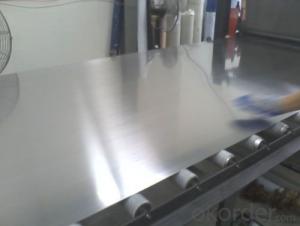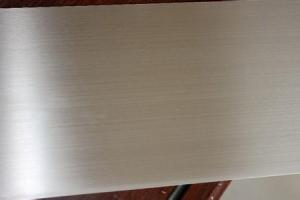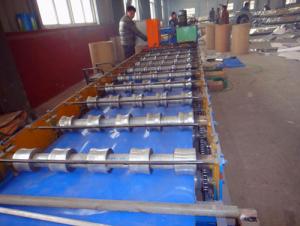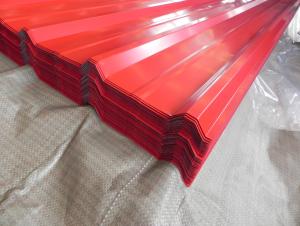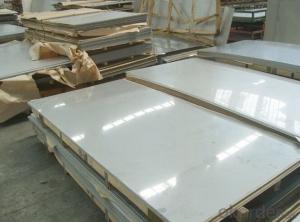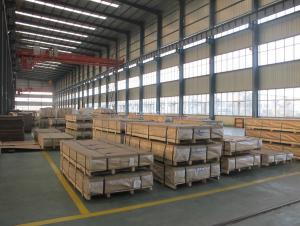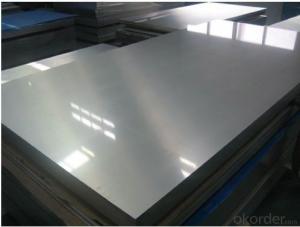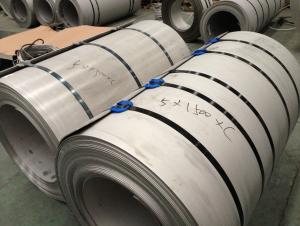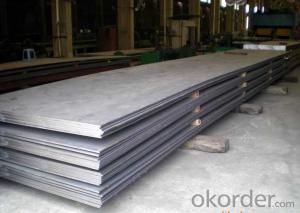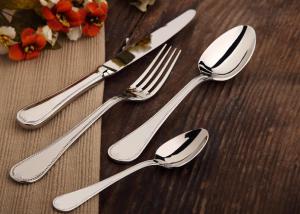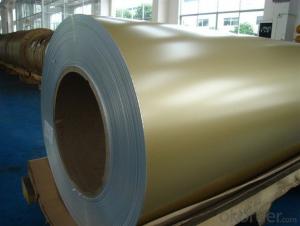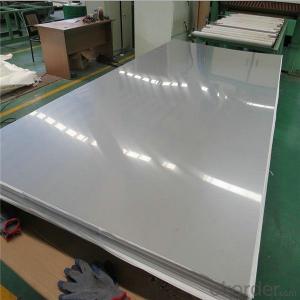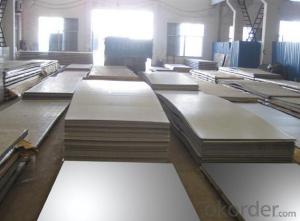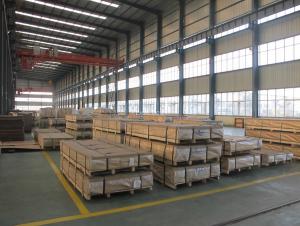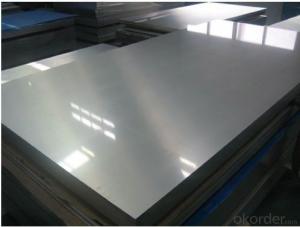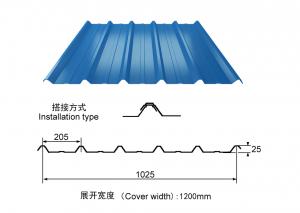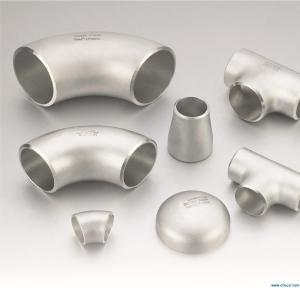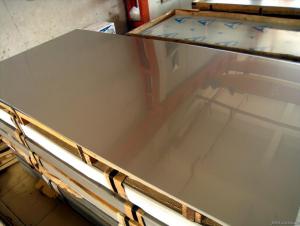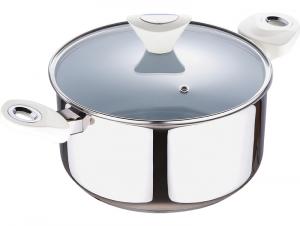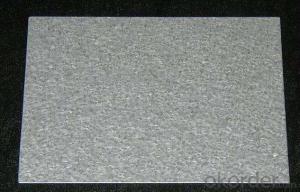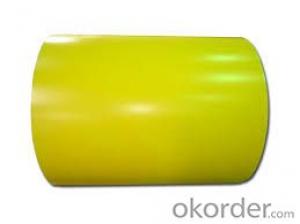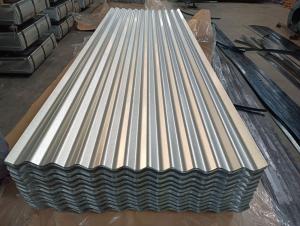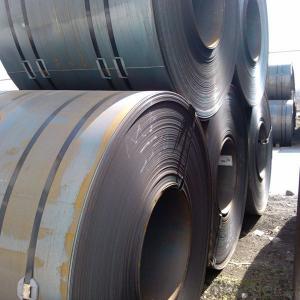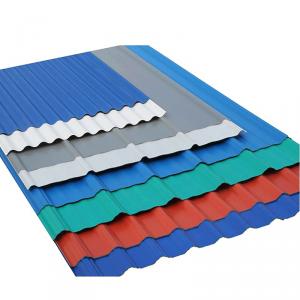Stainless Steel Cover Plates
Stainless Steel Cover Plates Related Searches
Stainless Steel Plates Stainless Steel Wall Plates Stainless Steel Cover Stainless Steel Charger Plates Stainless Steel Camping Plates Stainless Steel Dinner Plates Stainless Steel Platter Stainless Steel Kick Plates Stainless Steel Switch Plates Stainless Checkered Plate Stainless Steel Diamond Plate Stainless Steel Outlet Covers Stainless Steel Plate For Sale Stainless Steel Kids Plates Stainless Steel Tape Stainless Steel Enclosures Stainless Steel Drain Cover Stainless Steel Shelves Stainless Steel Coating Stainless Steel Counter Tops Stainless Steel Materials Stainless Steel Toddler Plates Stainless Steel Roofing Stainless Steel Chase Cover Stainless Steel Pipes Stainless Steel Screens Stainless Steel Tiles Stainless Steel Cloths Stainless Steel Sheeting Stainless Steel WrappingStainless Steel Cover Plates Supplier & Manufacturer from China
Stainless Steel Cover Plates are a type of protective covering made from stainless steel, designed to shield and conceal various components or structures from environmental factors and potential damage. These cover plates are known for their durability, corrosion resistance, and aesthetic appeal, making them an ideal choice for a wide range of applications.These cover plates are commonly used in various industries, including construction, automotive, and electronics, where they serve to protect electrical connections, cable runs, and other sensitive equipment. They can also be found in architectural and interior design settings, where they are used to conceal unsightly elements while adding a touch of sophistication to the overall design. In addition to their practical benefits, Stainless Steel Cover Plates also offer a sleek and modern appearance that complements many different styles and settings.
Okorder.com is a leading wholesale supplier of Stainless Steel Cover Plates, boasting a vast inventory that caters to the diverse needs of customers worldwide. With a commitment to quality and customer satisfaction, Okorder.com ensures that each Stainless Steel Cover Plate is manufactured to the highest standards, providing reliable protection and lasting value.
Hot Products

